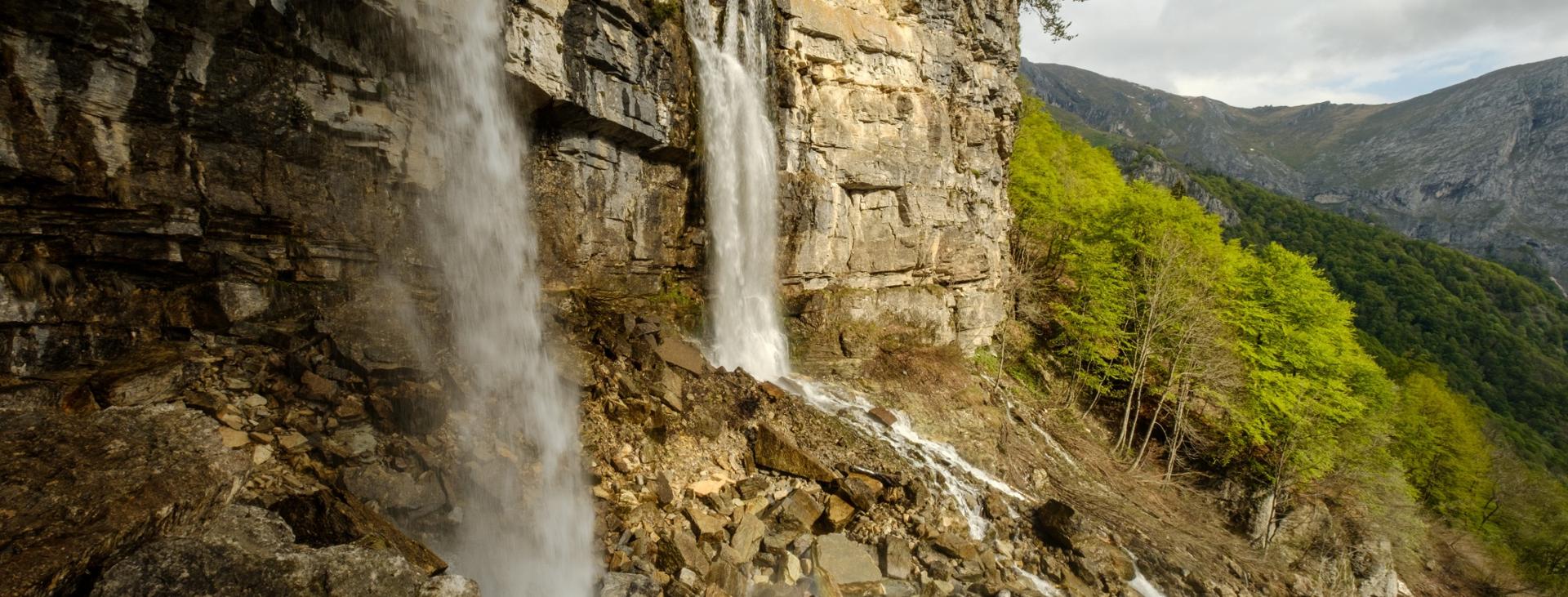
CHIUSA PESIO, VALLE PESIO
- Home
- The Territory, our home - Visit Cuneese
- CHIUSA DI PESIO
CHIUSA DI PESIO
A BLEND OF HISTORY AND NATURE
Chiusa di Pesio is characterized by a lush vegetation that spans from the hills covered in centuries-old chestnut trees, through the fir and beech forests, as far as the Marguareis massif. Its history dates back thousands of years, and it is the ideal destination for those who want to mix nature with history, culture and food and wine.
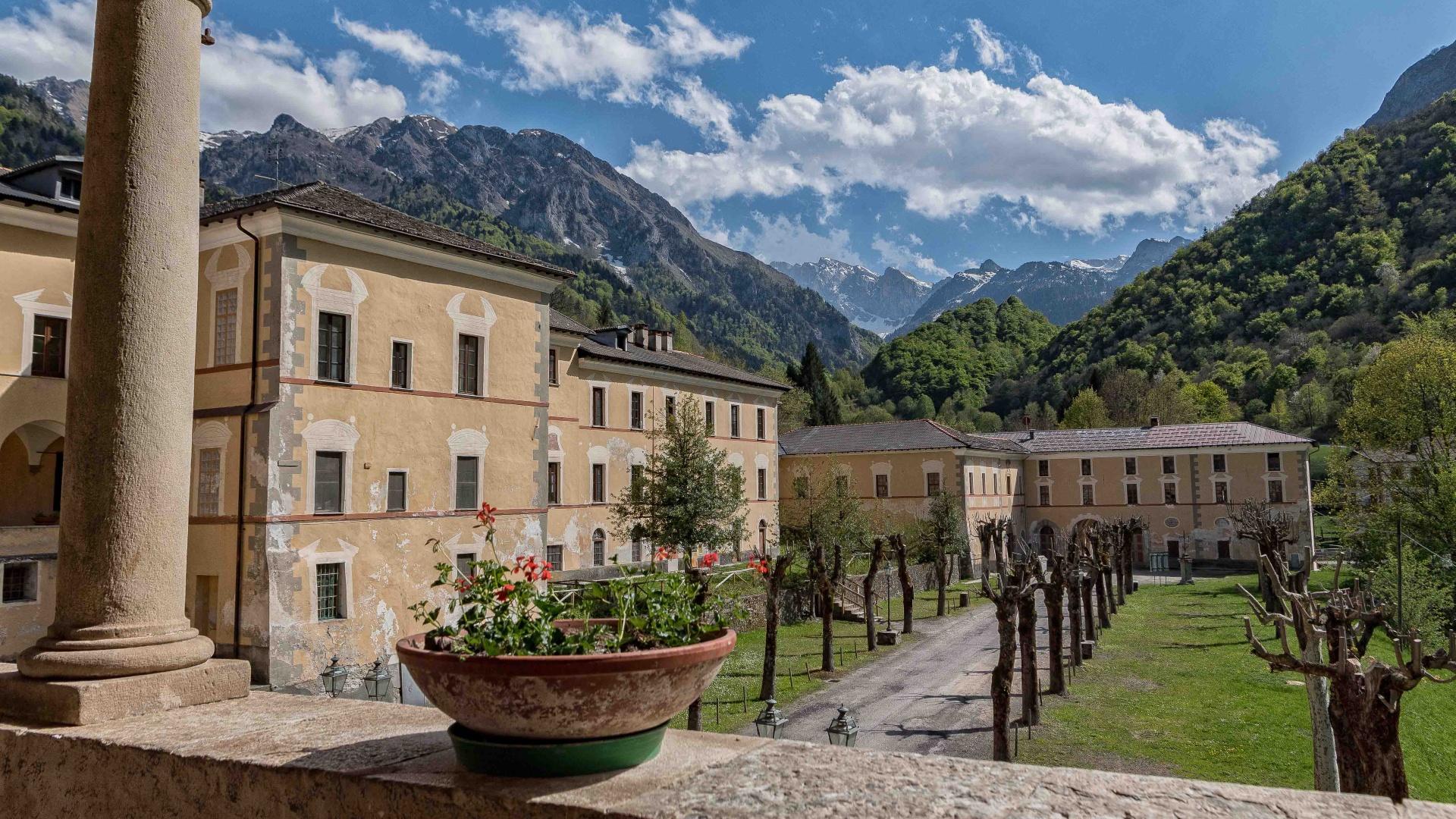
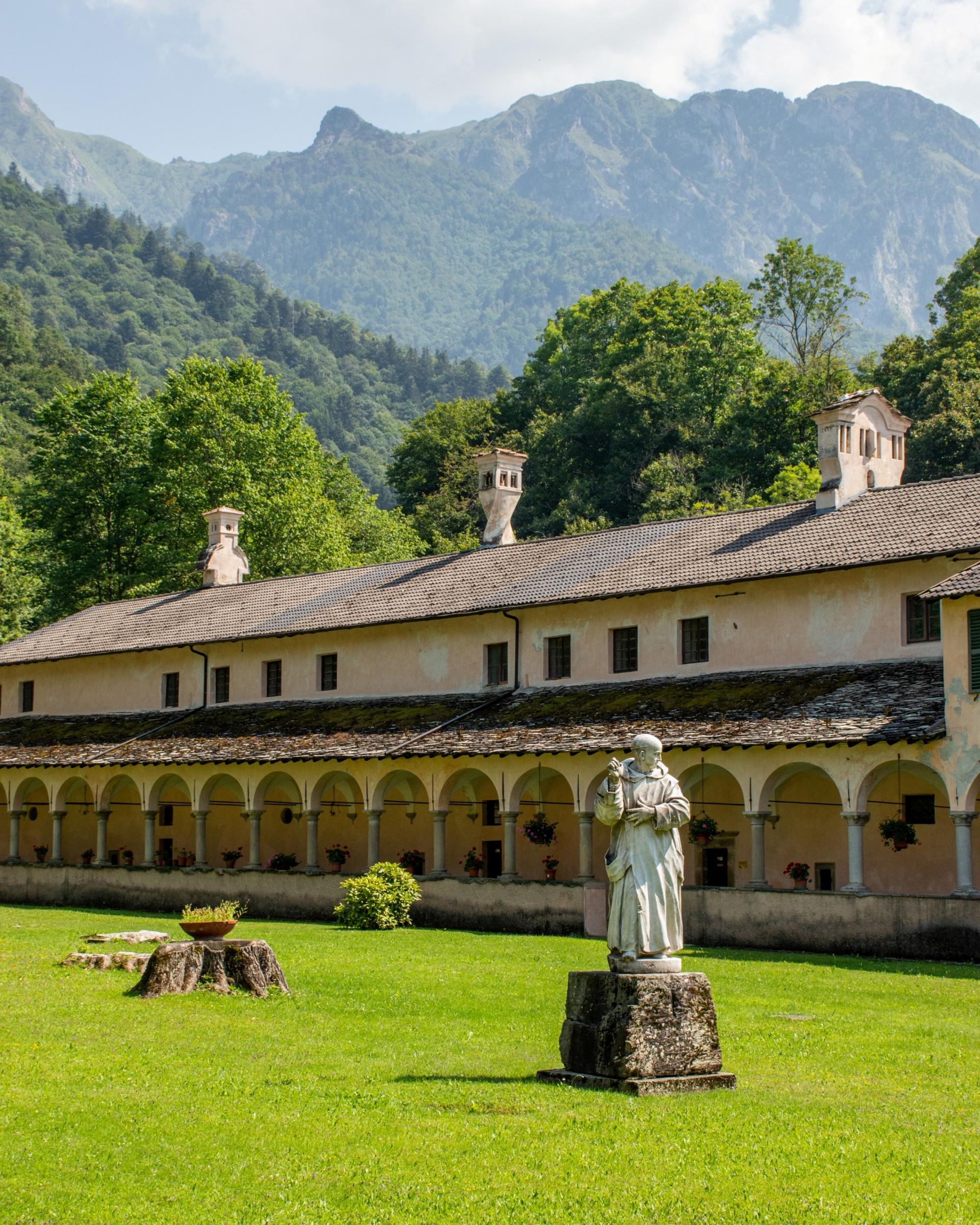
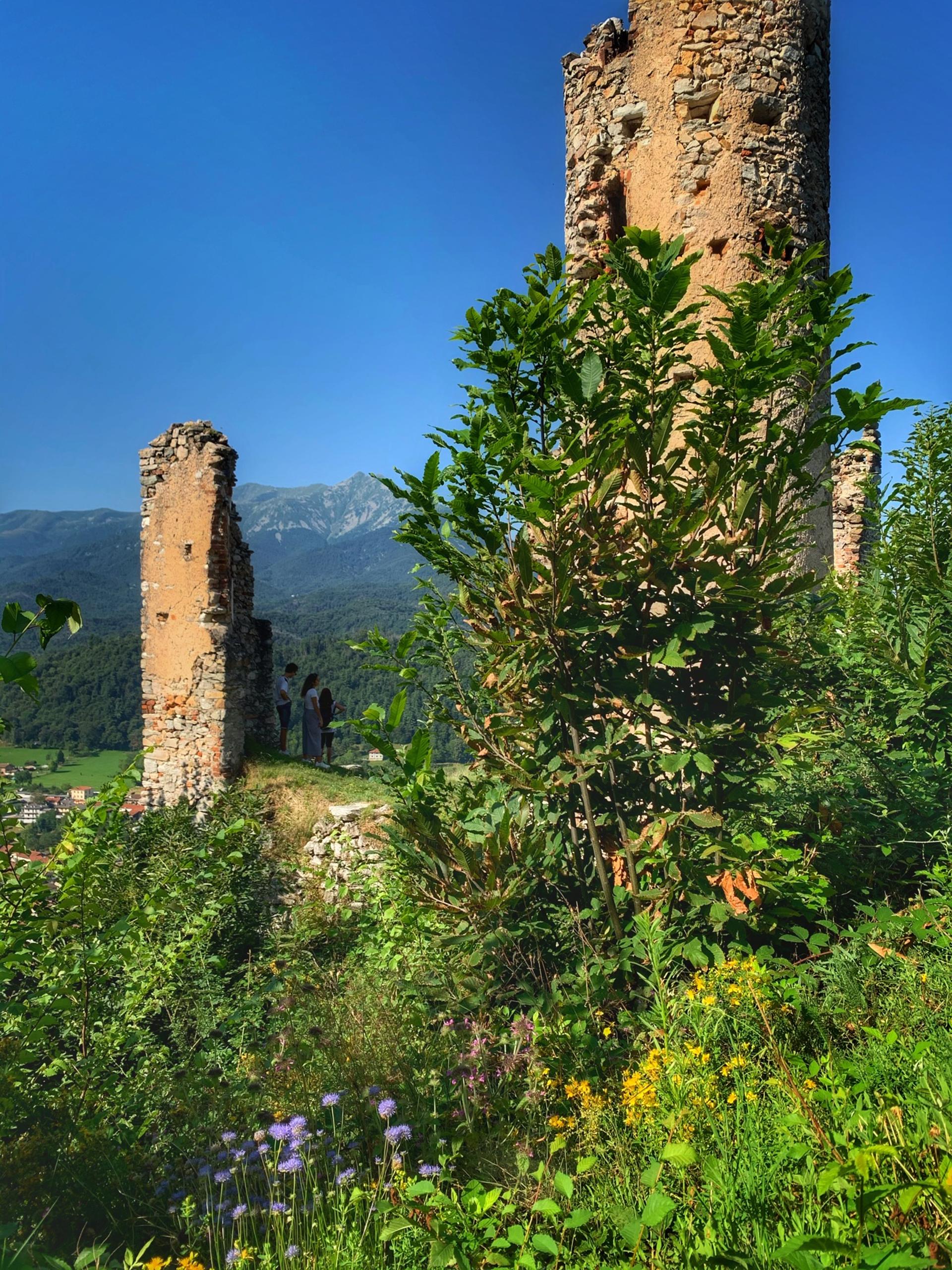
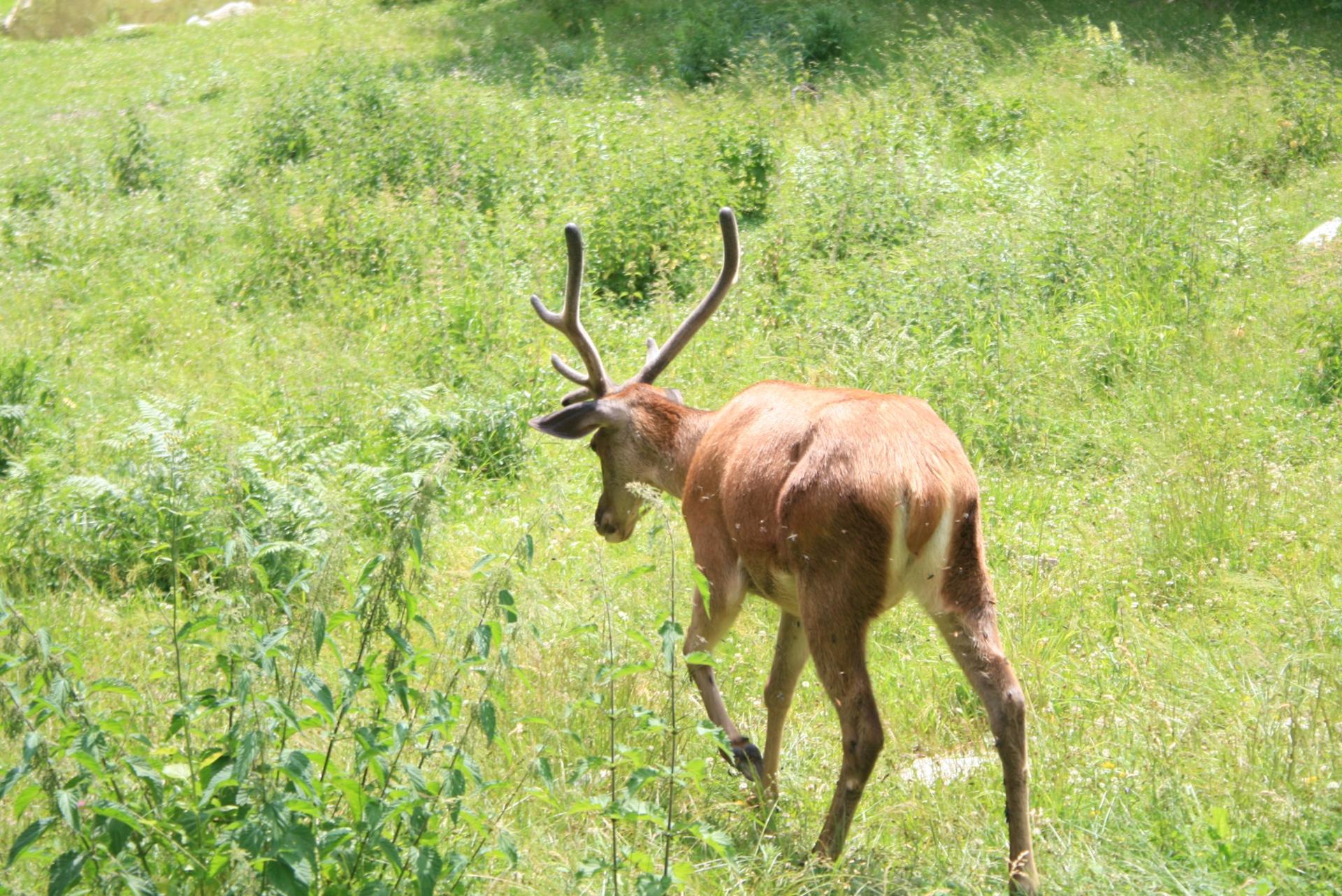
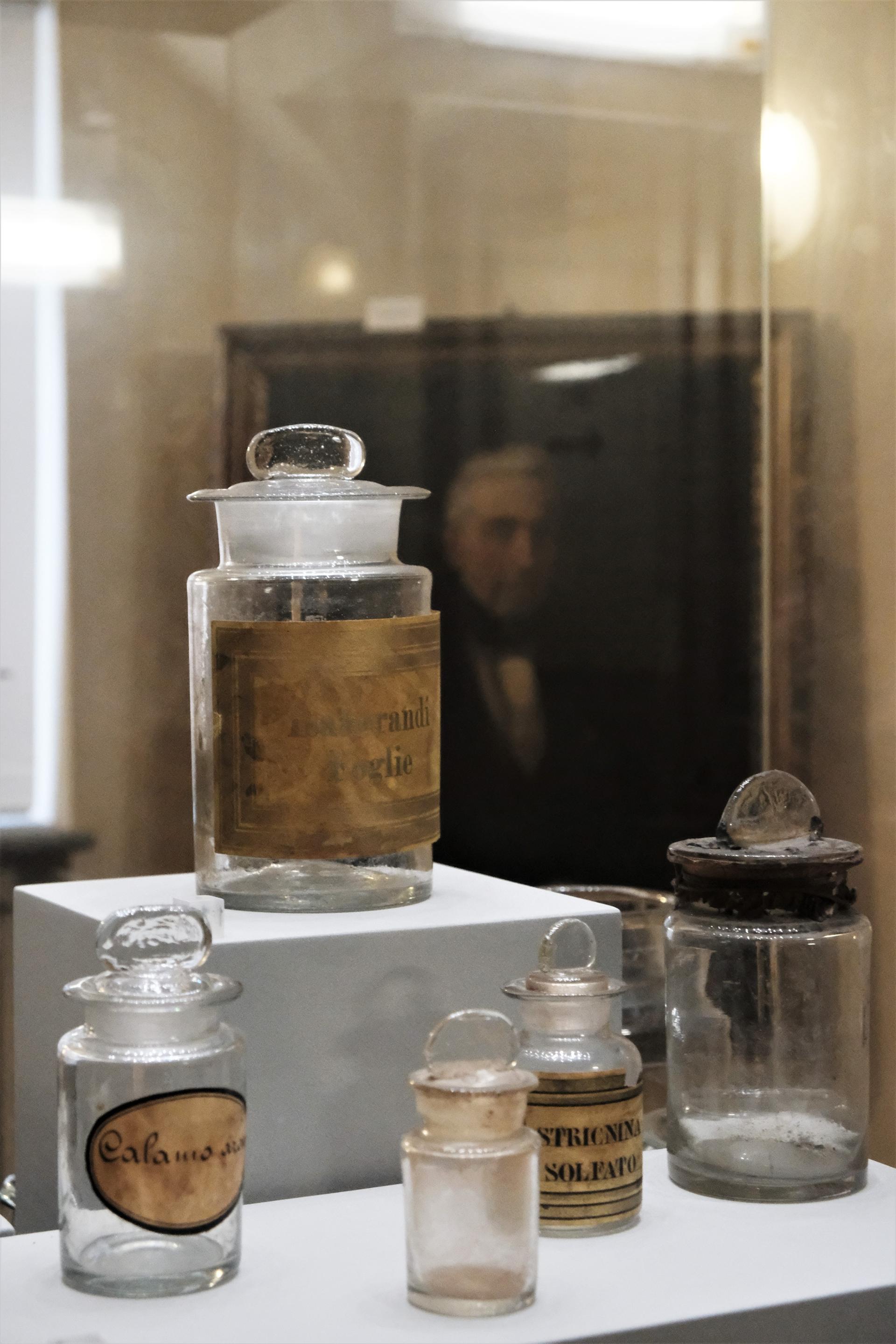





Discover
more

Chiusa di Pesio is located between two highlands, Mount Cavanero, from which the ruins of the Castello Mirabello overlook the town, and Mombrisone, which hosts a nineteenth-century hunting lodge. The main hamlets are San Bartolomeo and Vigna, located in the highest part of the Valley, while Combe, Santa Maria Rocca and Abrau stretch out towards the plain.
The Pesio stream passes through the area, originating from the head of the Pis, about 1,500 meters above sea level. The surface runoffs and melting snow that penetrate the underground caves of the karstic terrain, supply water to tunnels, siphons and underground lakes, giving rise in springtime to the splendid Pis del Pesio waterfalls. The itinerary, with its spectacular landscapes, winds through the Marguareis Park, departing from Pian delle Gorre.
The first settlements in the area date back to the Bronze Age, and some traces of them are on display in the Complesso Museale Cavalier Giuseppe Avena. Characterized by the large square Torre Civica and by the rooms inside with their original frescoed barrel-vaulted ceilings, this building houses the Museum with archaeological section dedicated to Mount Cavanero, the collection of the Royal Glass and Crystal Factory, the Museo della Ceramica and the Museo della Resistenza. The Palazzo del Marchese, the current seat of the town hall, also hosts a permanent photographic exhibition presenting Michele Pellegrino’s images portraying the flowers of the Pesio Valley, and the works of Bartolomeo Giorgis and other artists.
About ten kilometres away from the centre is the Certosa di Pesio, founded by the Carthusian monks in 1173, and extended and redesigned in various historical periods. With the return of the Consolata Missionaries, the charterhouse, always a symbol of the valley, has once again become a place of peace and tranquility.
At the parco archeo-didattico della Roccarina, in addition to the well-equipped learning centre, visitors can also tour the reconstruction of part of a Bronze Age village. A few steps away, in one of the most panoramic points of Chiusa di Pesio, there is a Big Bench, a giant bench created by designer Chris Bangle.
The area is an excellent source of delicious food. A few examples are the Chestnut of Chiusa and Testun della Valle Pesio, a fat cheese with a very hard, compact texture, made from raw milk.
CUNEO ALPS: YOUR PERFECT HOLIDAY. PESIO VALLEY
esempi di as xml: xml serveResource con templateId (chiave)
esempi di as json: json serveResource con templateId (chiave)
esempi di as json e siteId: json serveResource con siteid
en_US
What
to do
en_US
Experiences
No result found
en_US
Where
sleeping
en_US
Offers
en_US
Info




